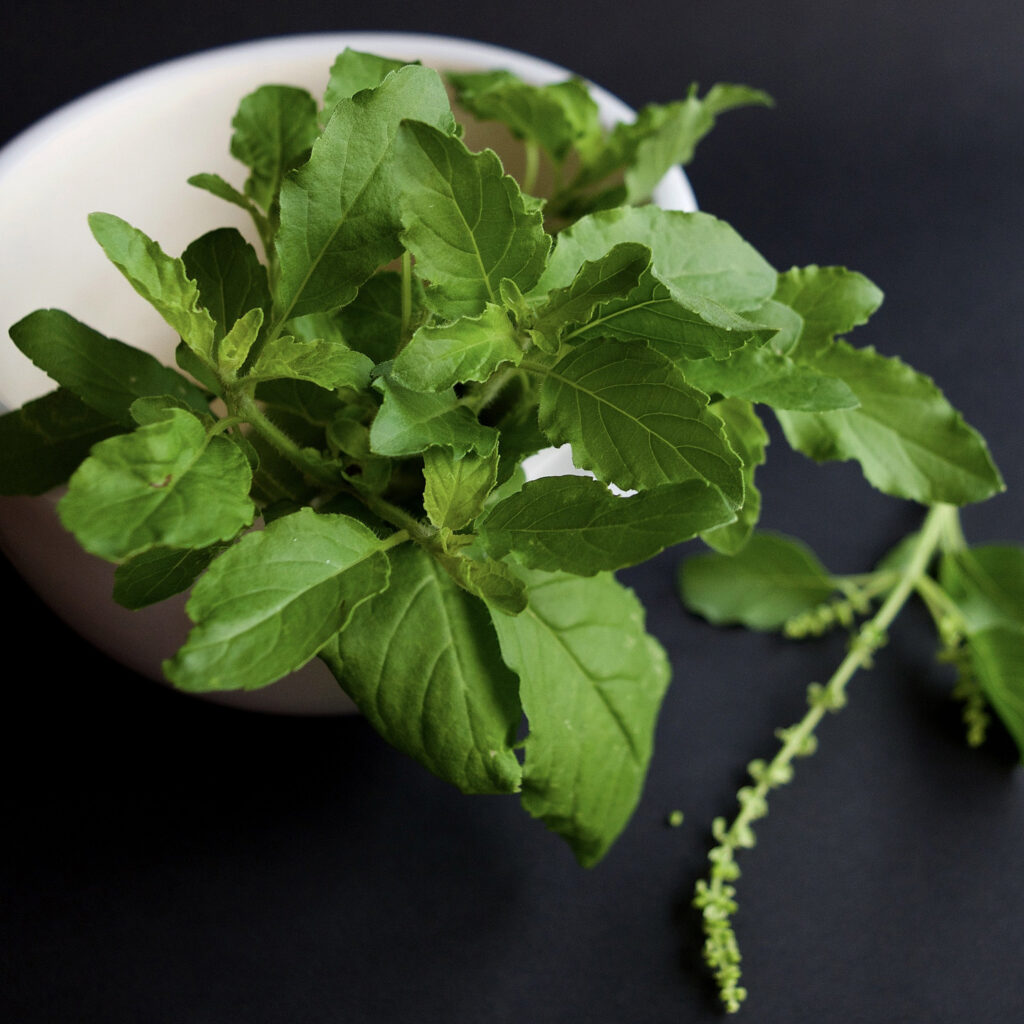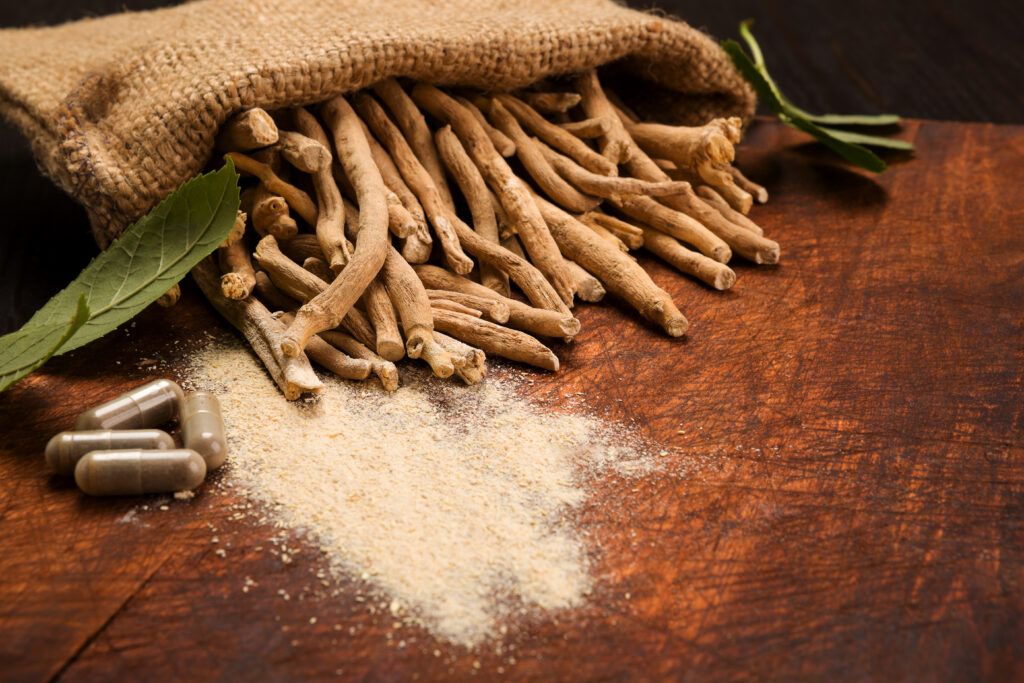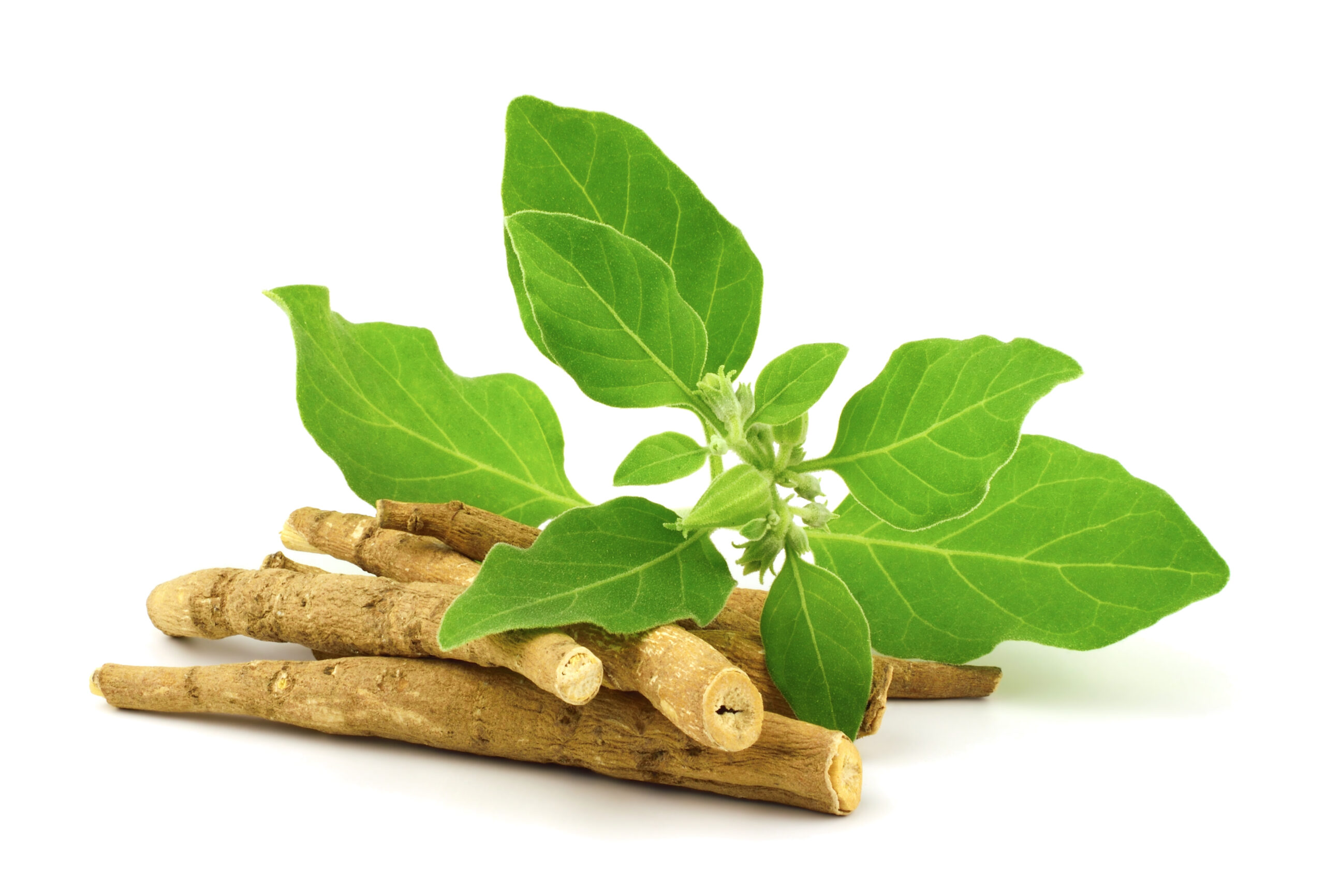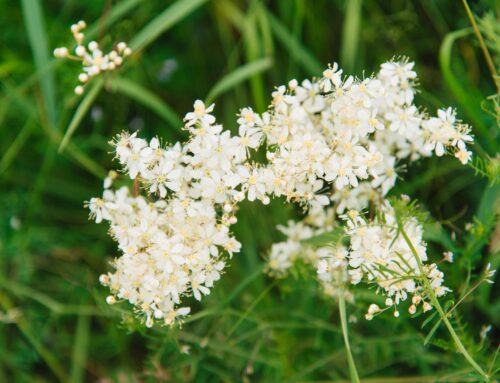In this article we would like to tell you a little more about the important medicinal plant Ashwagandha, which has been used in Ayurvedic medicine for more than 3,000 years. If you haven’t heard anything about the plant yet, it’s definitely time, because Ashwagandha is becoming more and more popular outside of traditional Indian medicine.
Ashwagandha: Interesting facts about the sleeping berry

Ashwagandha (Withania somnifera) is a plant from the nightshade family. In Germany, it is also often called sleeping berry, winter cherry or Indian ginseng. The name Ashwagandha comes from Sanskrit and means something like “smell of the horse”, because the roots of the plant smell strongly of horses.
Ashwagandha is very similar in appearance to the physalis we are familiar with. However, the herbaceous plant reaches a height of 30 to 150 centimetres, covered with trichomes. The axils of the shoots are felt-like hairy and branch out. The inflorescences, which usually consist of about 4 to 6 flowers, are almost sessile. The calyx is bell-shaped. When the fruit is ripe, the calyx becomes larger and brown. In this state, the appearance is very similar to that of the physalis, with the calyx also being irradiated by the light. The berry itself has a reddish appearance and, unlike the sweet-tasting physalis, is not edible.
Even though the name “sleeping berry” might suggest this: Ashwagandha berries are not used in natural medicine. Instead, the leaves, stems and primarily the roots of the plant are used. They usually contain different alkaloids such as anaferine, anahygrine, cuscohygrine, nicotine, tropine and withasomnine. There are also withanolides such as somniferanolide, somniwithanolide, withaferin A and withasomniferanolide.

The effects of ashwagandha
The Los Angeles College of Chiropractic published a paper in 2000 listing numerous therapeutic effects of ashwagandha. Among them were:
Sleep-inducing
Anxiety-relieving
Anti-stress effect
Anti-dementia effect
Immunomodulating
Antioxidant
Promotes blood formation
Anti-inflammatory
Anti-tumour effect
Anti-ageing effect
Positive effect on hormone balance, the cardiopulmonary system and the central nervous system.
The paper can be viewed here: https://pubmed.ncbi.nlm.nih.gov/10956379/.
One of the most important properties of Ashwagandha is its ability to increase stress resistance. For this reason, the plant is one of the so-called adaptogens. A group of medicinal plants that ensure that stress does not affect our health as much. A look at the areas of application in Ayurveda underlines this property. Here, too, the plant is mainly used for insomnia, mood enhancement and anxiety. But the plant is also used for joint pain, fertility problems and impotence.
Ashwagandha against anxiety
The first human studies with ashwagandha were conducted as early as 2000. During a six-week double-blind placebo-controlled study, a total of 39 participants with anxiety disorders were given either ashwagandha extract (250 mg per dose) or a placebo twice a day. 88 percent of the participants in the ashwagandha group reported a significant improvement in their symptoms compared to only 50 percent in the placebo group. There were no side effects.
Another study from 2008 with chronically stressed test persons showed: The intake of ashwagandha had a positive effect on the typical stress parameters such as blood pressure, pulse rate and cortisol level. But other stress symptoms such as fatigue, loss of appetite, headaches and muscle aches, forgetfulness, concentration problems, trembling, sweating, dry mouth and insomnia also improved.
Correct use and dosage of ashwagandha
Ashwagandha is usually taken as an extract in the form of capsules or alternatively as ashwagandha powder. The dosage is very simple: just dissolve a teaspoon in some juice or a cup of milk. Especially the combination with warm milk in the evening ensures a pleasant night’s sleep for many. Alternatively, a teaspoon of the powder can be added to muesli or porridge. The time of day plays a subordinate role in the intake. However, we recommend taking it regularly in the morning and in the evening.
The capsules are taken 2 x 2 daily with a little water, preferably in the morning and evening:
If you would like to convince yourself of the positive properties of the medicinal plant, you can find ground ashwagandha powder from controlled organic cultivation in our shop. If you have already had positive experiences with ashwagandha, we would also be happy to receive your comments here on the blog. If you have any further questions about dosage, intake or our range of products, please do not hesitate to contact us.






Leave A Comment